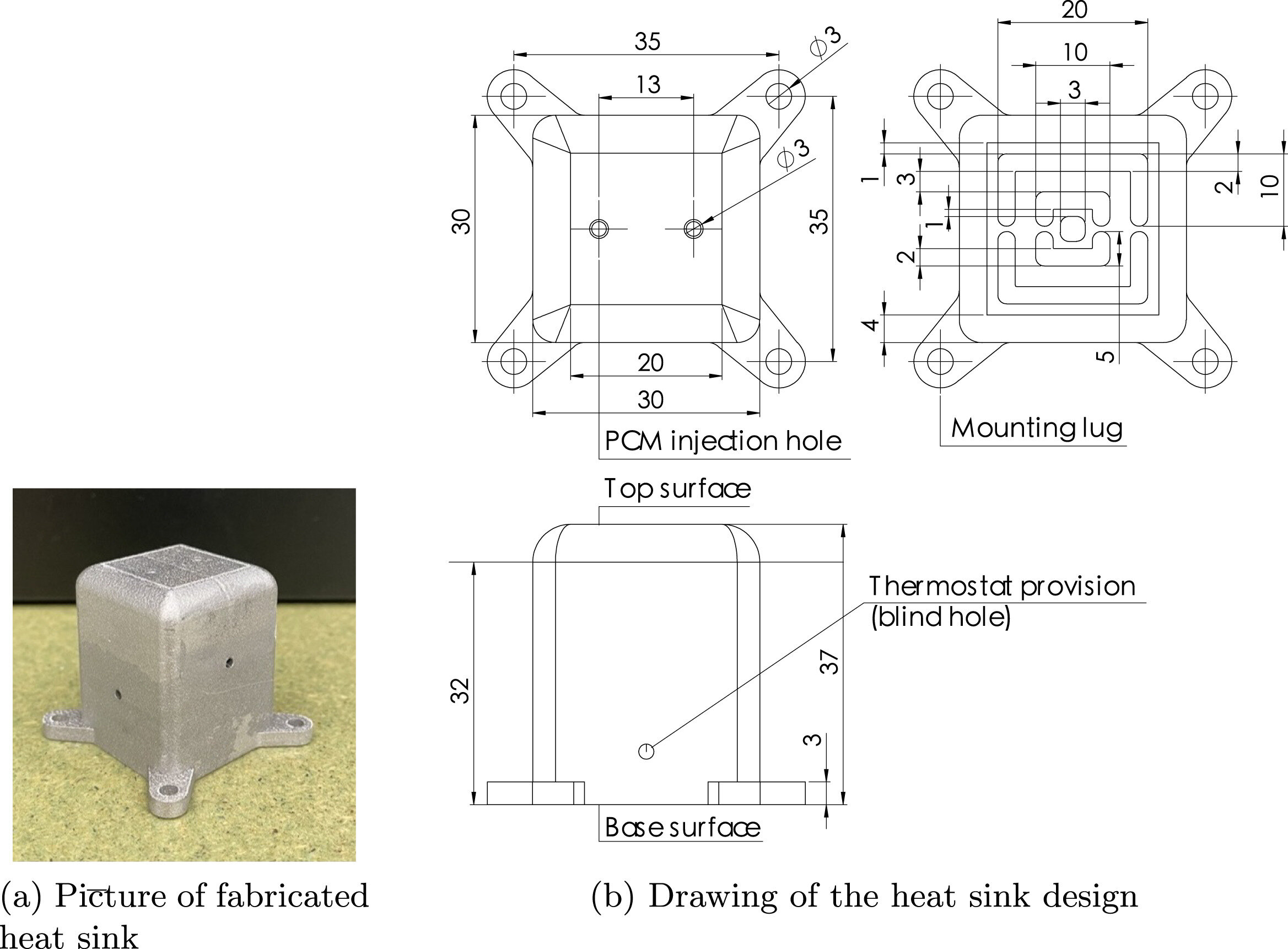Key Takeaways
- An interdisciplinary team, led by Professor Mickey Clemon, is testing innovative heat sinks onboard a satellite to improve thermal management for electronics in space.
- The heat sinks utilize a wax-based phase change material to effectively manage heat, increasing the operational lifespan of the electronics.
- Initial results show promise, with continued experiments planned to further understand heat management in varying orbital conditions.
Innovative Heat Sink Technology for Space-Based Electronics
A research team headed by Professor Mickey Clemon from the Grainger College of Engineering at the University of Illinois Urbana-Champaign is conducting groundbreaking experiments on satellite heat sinks in orbit. Published in the International Journal of Heat and Mass Transfer, their study focuses on thermal management for electronics in the unique conditions of space, where conventional cooling methods are ineffective.
Electronics in space produce significant waste heat without the benefit of convective cooling. As such, systems must either radiate heat efficiently or face limitations in their computing capabilities. To tackle these problems, the research team designed heat sinks incorporating a wax-based phase change material (PCM) that melts within the electronics’ operating temperature range. This innovative material quickly absorbs and stores energy, contributing to improved cooling for the electronics.
Clemon shared insights on their testing, stating, “We’re testing different duty cycles and cooling regimes with the fixed heat sinks that we’ve put up there,” aiming to refine the designs of future space electronics. The testing apparatus was deployed on a CubeSat—a mini-satellite launched in August 2024 as part of the Waratah Seed Mission.
The researchers alternate their experiments with other payloads currently onboard, and initial findings indicate that the wax-based PCM significantly enhances the operation time of electronics within safe temperature limits. Notably, the microgravity environment appears not to affect the wax’s performance on the heat sinks.
To support further development, the team has created simplified models for predicting heat sink performance. These models could serve as a preliminary guide for designers, allowing them to validate their designs without extensive physical testing.
Future experiments will continue to explore thermal dynamics across various orbital conditions. Clemon explained, “Our orbit is about 90 minutes, and because of that we have some sun exposure time and non-sun exposure time.” The team aims to determine how solar exposure influences computing efficiency.
Contributing to this innovative research are Ph.D. student Laryssa Sueza Raffa from the University of Technology Sydney and industry partner Matt Ryall of Mawson Rovers. Professors Iver Cairns and Nick Bennett also lend their expertise from the University of Sydney and the University of Technology Sydney, respectively.
As the team looks forward to further testing, the potential for wax-filled heat sinks to revolutionize electronics cooling solutions in space remains promising. Continued exploration could pave the way for enhanced thermal management systems that empower the next generation of satellite technologies.
The content above is a summary. For more details, see the source article.















